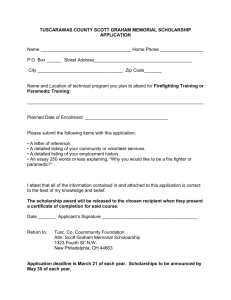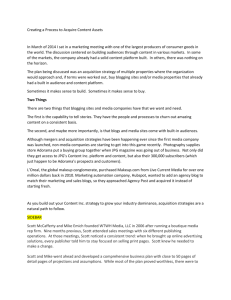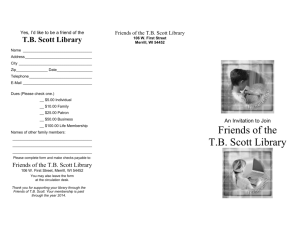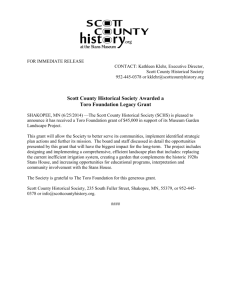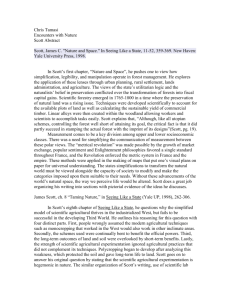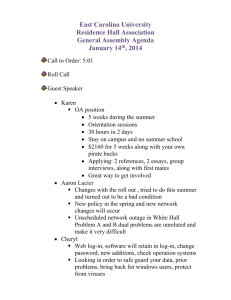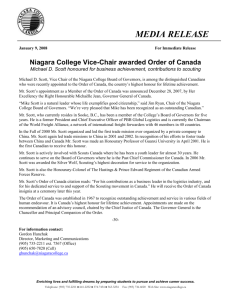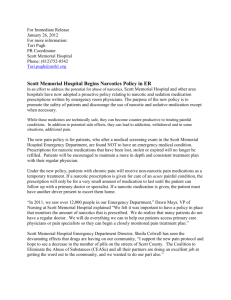2nd Lieutenant George Norman Scott
advertisement
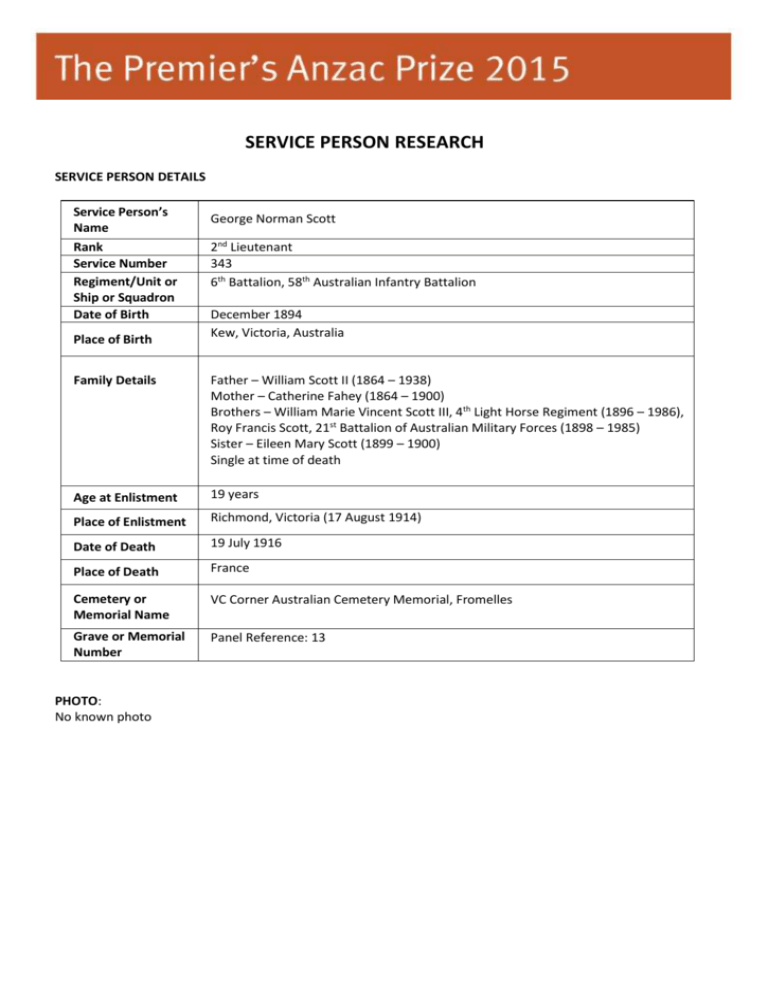
SERVICE PERSON RESEARCH SERVICE PERSON DETAILS Service Person’s Name Rank Service Number Regiment/Unit or Ship or Squadron Date of Birth Place of Birth George Norman Scott 2nd Lieutenant 343 6th Battalion, 58th Australian Infantry Battalion December 1894 Kew, Victoria, Australia Family Details Father – William Scott II (1864 – 1938) Mother – Catherine Fahey (1864 – 1900) Brothers – William Marie Vincent Scott III, 4th Light Horse Regiment (1896 – 1986), Roy Francis Scott, 21st Battalion of Australian Military Forces (1898 – 1985) Sister – Eileen Mary Scott (1899 – 1900) Single at time of death Age at Enlistment 19 years Place of Enlistment Richmond, Victoria (17 August 1914) Date of Death 19 July 1916 Place of Death France Cemetery or Memorial Name VC Corner Australian Cemetery Memorial, Fromelles Grave or Memorial Number Panel Reference: 13 PHOTO: No known photo SERVICE PERSON’S STORY/EULOGY: Prepared by Anna Ruddell George Norman Scott, the eldest of four children, grew up in Kew, Victoria. He attended Pleasant Street State School in Kew, later attending the Ballarat Grammar School. He later joined the Victorian Railways and, at the outbreak of World War 1, he held the position of assistant station master at the Kew Railway Station. During the war, Scott served as part of the Australian 6th Battalion in Gallipoli where he was wounded twice. Succeeding this deployment, he was commissioned and served as transport officer in the 58th Battalion during a campaign in France. Scott’s younger brother, Bill, a member of the Australian 4th Light Horse Regiment serving in France at the same time, recalled having “caught up” with his brother in a village in Hazelbrouck and Aire area in northwest France, close to the front at Fromelles on 18 July 1916. As he handed Bill money and personal letters, Norman said that he had been very lucky dodging bullets over the past years and he felt that he would not survive a particular assault to be undertaken by the 58th Battalion on the following day. The battle is described in the “Official History of Australia in the War of 1914-1918” as follows: “19 July 1916 – there had already gone forward one of the bravest and most hopeless assaults ever undertaken by the Australian Imperial Force. The two companies of the 58th were commanded by Major Hutchinson, a young graduate of Duntroon. They went forward with splendid dash opposite the Sugarloaf, carrying with them a number of survivors of the 59th until, when they were two thirds of the way across No-Mans Land, a fire of machine guns opened from the Salient, so severe that the line was shattered. The two companies of the 58th were practically annihilated. Lieutenants A.E.R Barnfather, C.M Gray and G.N Scott of the 58th were all killed in this charge – the 5th Division had lost in one night’s sharp fighting 5,533 officers and men and the 6th Division, 1547”. Second Lieutenant Scott was a courageous man at battle, demonstrating this quality when he received a bullet to his hip but ‘wouldn’t give in, and would go on’. Sergeant Crayson reported that when they got right up by the enemy wire Lt Scott received another bullet in the left shoulder - he had to be left where he was. BIBLIOGRAPHY: Australian War Memorial 2015, 'Roll Of Honour: George Norman Scott', https://www.awm.gov.au/people/rolls/R1663947/ (accessed 21 February 2015) National Archives of Australia 2015, Scott George Norman: SERN LIEUT http://recordsearch.naa.gov.au/SearchNRetrieve/Interface/ViewImage.aspx?B=3003018 (accessed 20 February 2015) Scott, Peter R. 1988, The History of the Richards of the Bombay and the Scotts of the Lightning, 1852-1988. P Scott Melbourne

